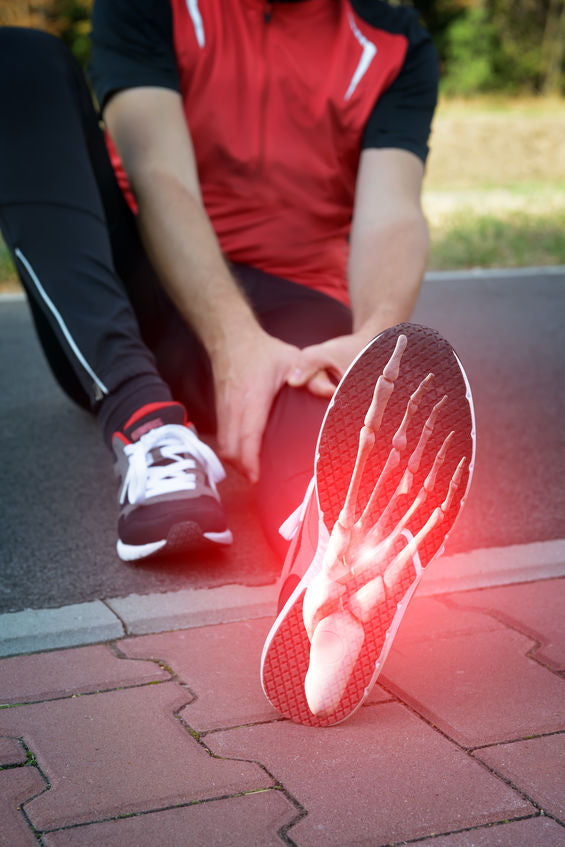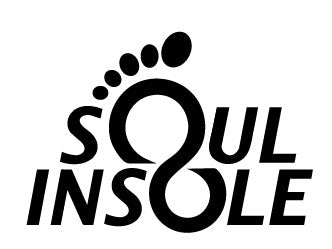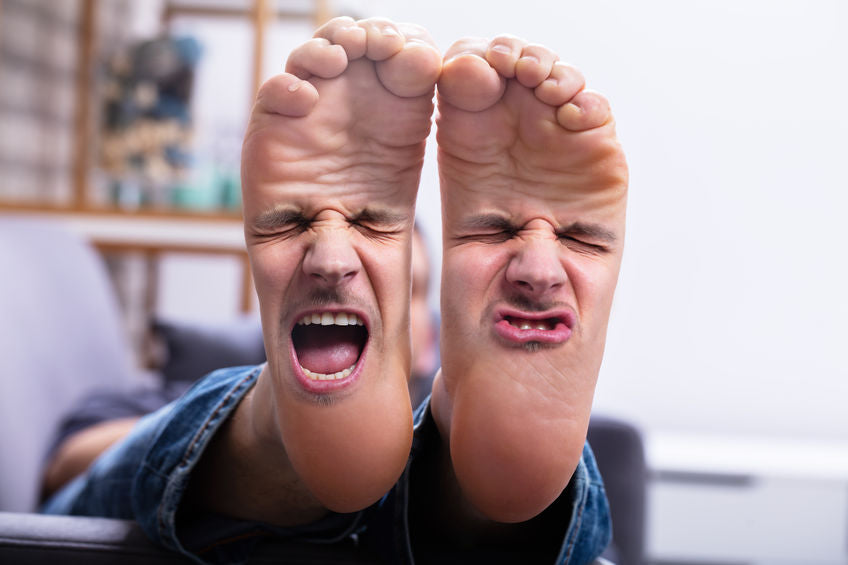
Benefits of Metatarsal Foot Pads
Foot pain affects around 3 million people per month throughout the world. More than half of those who suffer this problem report daily discomfort affecting their life. Is this not a big problem? Is it something we should just ignore? After all, it becomes hard to enjoy how you feel when your feet are literally burning with every step. Over time, it can be impossible for this foot pain to be tolerated in daily activities such as walking, running, walking, or daily routines at work.
Fortunately, this kind of pain in your legs and feet don’t have to be in your life forever. With a few adjustments in your shoes, you can restore your healthy functioning feet and turn sore feet into a distant memory. Plantar pressure studies demonstrate the effectiveness of shoe inserts and supports used in a variety of shoe types and help clinicians to determine the types of patients who may benefit from various foot supports and placement techniques.
What are Metatarsal Foot Pads?
Metatarsal foot pads, usually known as met pads, are commonly used as a brace to relieve pressure on the metatarsal heads. The metatarsal heads are the bony protrusions at the bottom side of the front part of the foot near the toes. This area is often called the “ball of the foot”. Met pads relieve the pressure on the metatarsal heads and relieve symptoms in this area by transferring the pressure to the surrounding areas of the foot. Met pads are tiny, cushy devices that can be used to adjust the pressure on the ball of the foot. It also can help in adjusting the arch of the foot.
A few of the most common complications of foot pain are neuromas, morton’s neuroma, sesamoiditis and metatarsalgia. They consist of sharp, piercing pain in front of the foot. To save yourself from this stabbing pain you can use metatarsal pads and also make sure to wear shoes that are spacious and soft. It’s important to make sure that the shoes that you wear are not squishing your feet. This can cause pinched nerves, bunions and sometimes excruciating pain.
How is it different from other traditional methods?
Unlike traditional hard insoles that try to control foot movement, soft gel metatarsal foot pads allow the foot to function as the environment requires. In other words, the bending, flexing, and overall movement of a joint are done in a way that is not limited by external factors or the forces acting on them. The metatarsal pad tries to work with your foot instead of trying to control it. They offload pressure and help to provide some spacing between the bones to provide relief.
But how is this foot pain caused in the first place?
You might be wondering how and why the 'stabbing pain' is caused in your foot ? Well the answer to this question is often the type of your footwear. Modern day footwear especially dress shoes have narrow toe boxes which can cause the toes to be unnaturally close to each other. Over time, this can deform the toes, put pressure on the forefoot and cause bunions. This narrow forefoot shape in the shoes is often the cause of these painful forefoot foot problems. Another type of shoe that can be the root of these problems is a high heeled shoe. Having the heel raised up causes an increased amount of pressure to be placed on the ball of the foot and the foot can also slight forward into the shoe, crunching the toes. This can cause pain and deformation of the feet over time.
How to get back your healthy feet?
To get back your healthy feet, it can be helpful to restore the blood supply in your foot because when proper blood supply is restored, your distorted tissues start regenerating and all the metabolic waste gets washed away. Massaging your feet and wearing metatarsal pads can do just that. The metatarsal pads also help to more evenly distribute pressure along the feet and offload pressure from the main pain points. They can help to push up behind the metatarsal heads to somewhat suspend the area to reduce pressure from the main pain points.
How to use metatarsal foot pads?
Here's how you can use metatarsal foot pads to improve your foot health -
- Look inside your shoes and see towards the ball of the foot area where the insole is most compressed and pushed down.
- Use this to estimate where you are putting the most pressure so you can find out the ideal position of the met pad.
- Uncover the protective film from the back of the met pad
- Try to place your met pad slightly under to behind where you see and feel the most foot pressure
- Make any adjustment in the position if required.
- Once you find the best spot, mark the location by using a pen on the shoes. This helps in case you need to take them out to wash them, so you know where to put them back after washing.
Last but not least...
Foot pain can be harmful to your life and can cause discomfort not only when you are walking or running, but throughout the day and night. In some cases, the pain may be so severe that walking is not possible. If your doctor recommends using metatarsal foot pads to relieve pain in your foot, then you may have success in relieving your feet and getting back to doing the things you love in your life, free of pain.
This content is not intended to be a substitute for professional medical advice, diagnosis, or treatment. Always seek the advice of your physician or other qualified health provider with any questions you may have regarding a medical condition.


